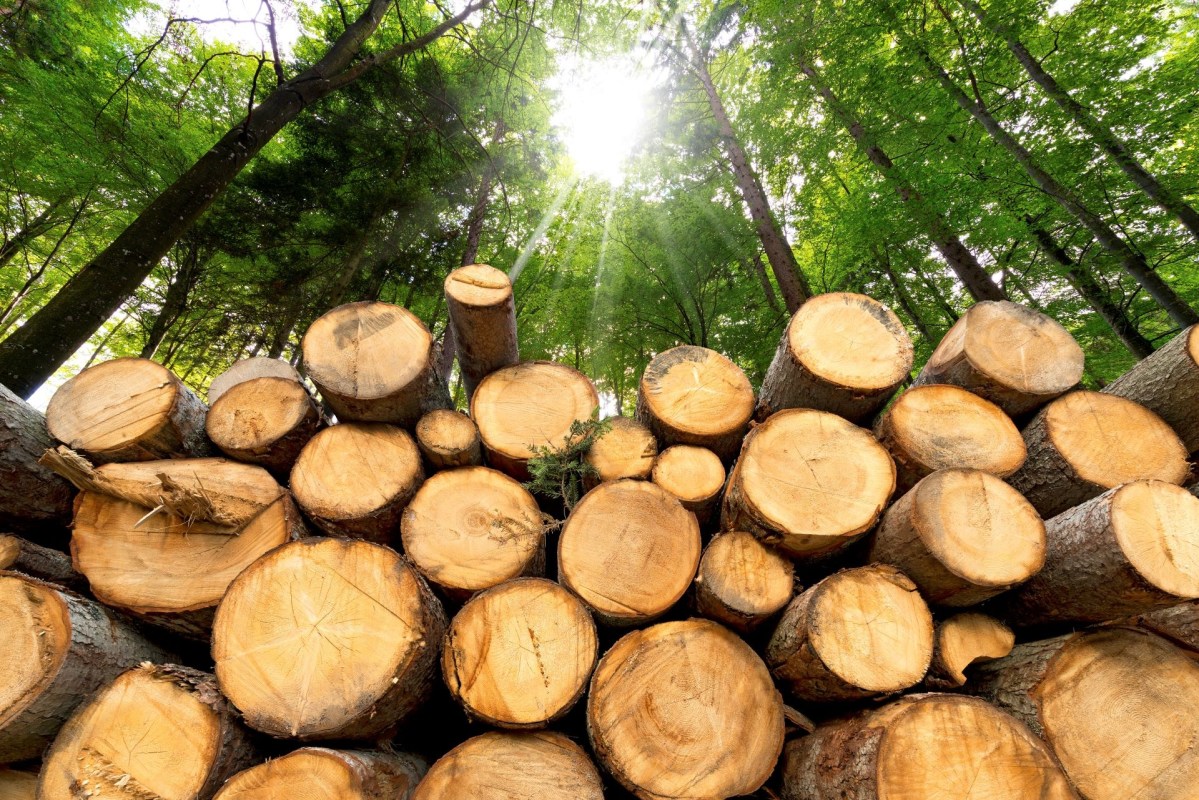In a study published in 2022, MIT researchers demonstrated a method for creating lab-grown wood with custom shapes — meaning that one day soon, we may be able to produce 3D-printed wooden furniture.
As Interesting Engineering explains, this breakthrough is incredibly important. That's because we employ trees for an incredible number of uses — from rubber and medicines to household staples like furniture, paper, and wax.
However, cutting large numbers of trees leads to deforestation — meaning areas that once held natural forests are now lacking in resources. This hurts the rest of the forest and contributes to rising global temperatures, as forests are considered "carbon sinks" that extract carbon pollution from the atmosphere. Because trees take so long to grow, deforestation can take decades or centuries to reverse.
This study provides an alternative. Researchers used cells from Zinnia elegans, the common zinnia flower, to print custom-shaped wood segments. By applying hormones to the growing sample, the researchers managed to adjust a wide range of variables — like strength, density, and stiffness.
While this technology is young, it could grow into an industry that would benefit buyers. Unusual and expensive woods like mahogany and ebony could become more affordable if grown in a lab. Custom wood pieces grown to a specific pattern would be free of defects that might make the wood weak or uneven. And buyers would have more options, as many creative designs would be easier to grow and print than to carve manually.
The environment would also benefit, as the demand for natural lumber would be lower. The fewer trees we cut, the more will remain in place to filter the air and release water vapor into the atmosphere. Meanwhile, the species that depend on these natural forests and jungles would be safe from extinction.
Ashley Beckwith, lead author of the MIT study, founded a company called FORAY to continue developing 3D-printed wood. This bioscience firm will build on her team's success with the zinnia plant and begin creating other kinds of printed timber.
Join our free newsletter for weekly updates on the coolest innovations improving our lives and saving our planet.









